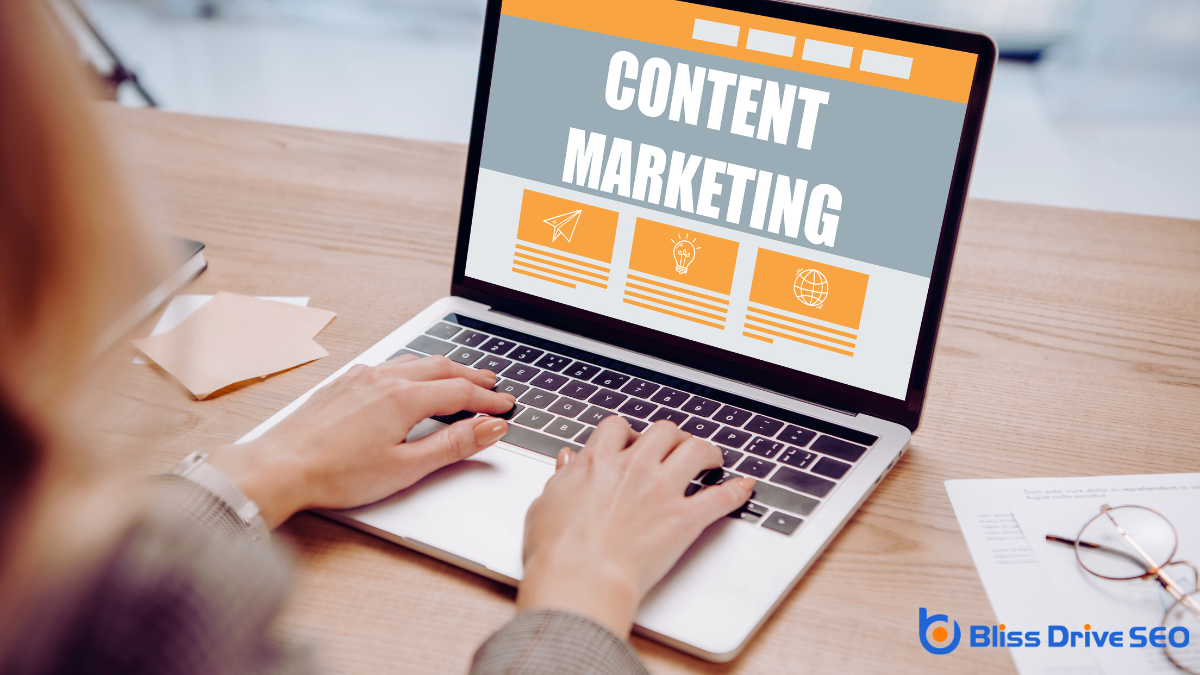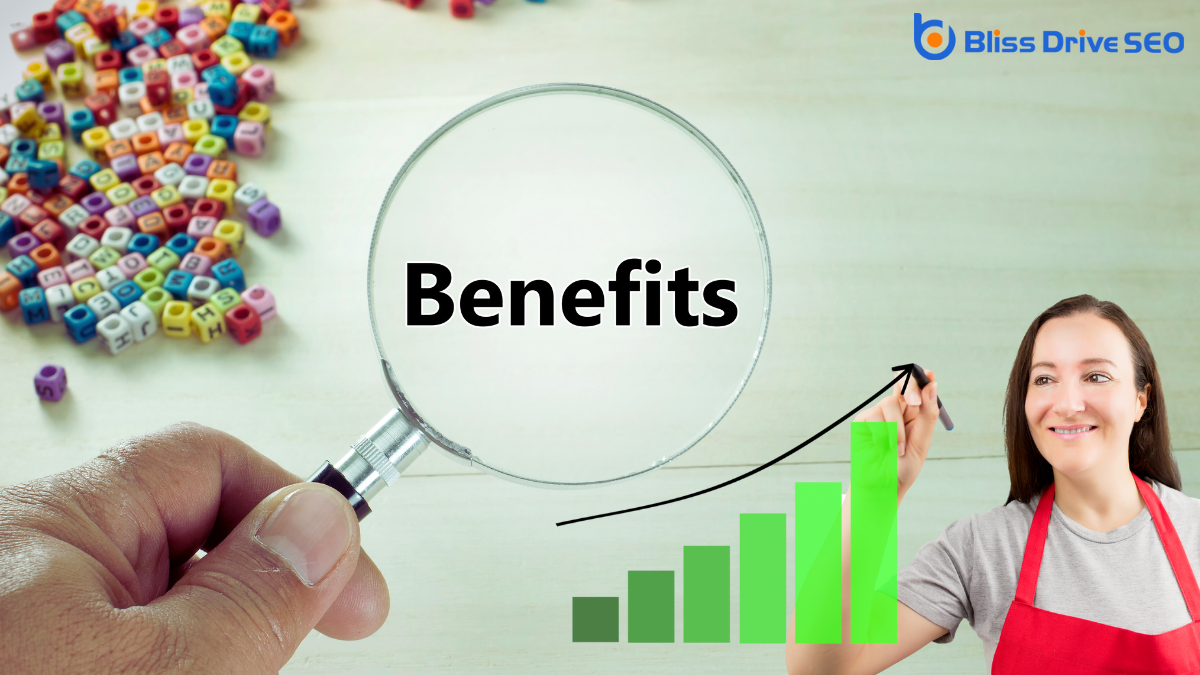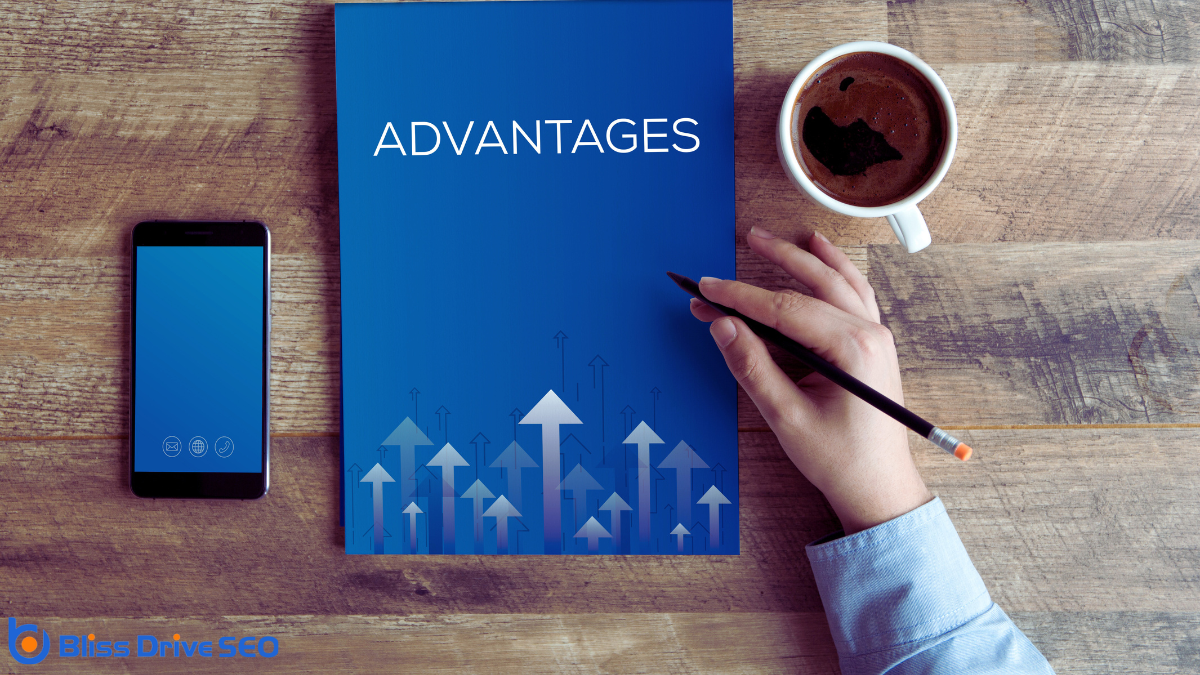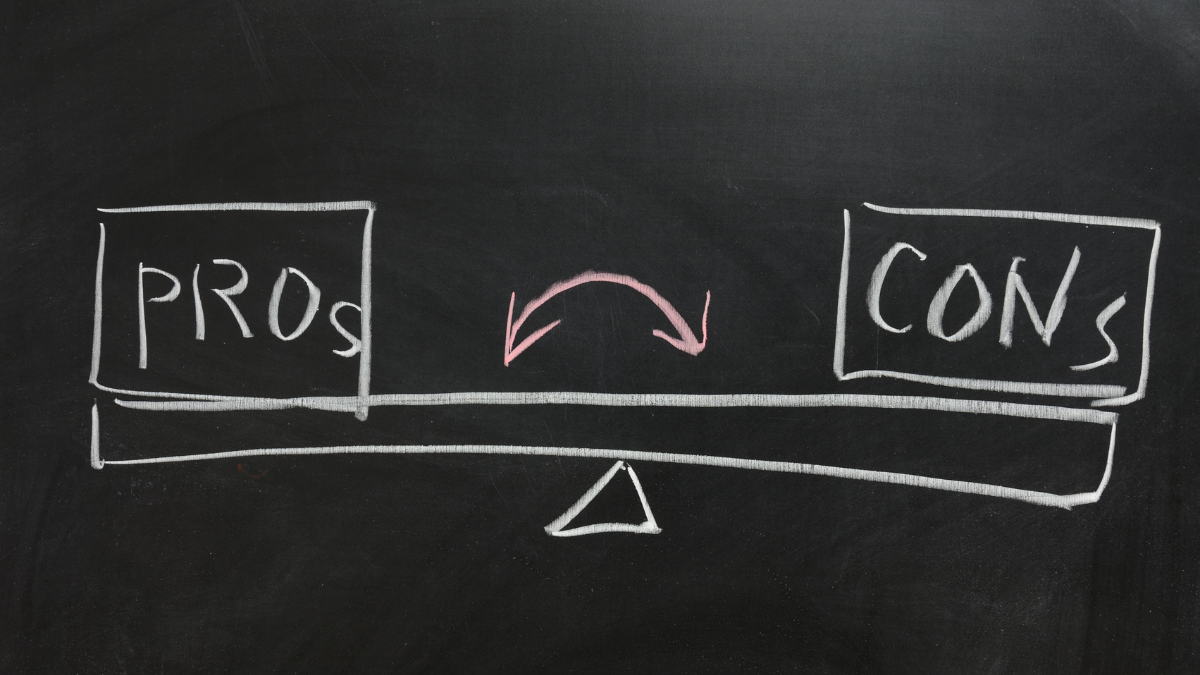Digital Marketing Services
Learn More About Us

When you explore content marketingA strategic approach focused on creating and distributing valuable, relevant, and consistent content..., you'll find it mainly falls into three categories: owned, earned, and paid media. Owned media includes content you directly control, like websites and social media profiles, allowing you to tailor messages and build a community. Earned media is the buzz generated when others share your content, offering authentic endorsements that boost trust. Paid media involves investment in ads to achieve immediate visibility and engagementThe interactions that users have with a brand’s content on social media.. Each category has its strengths and challenges, but integrating them can elevate your brand's reach and credibility. As you understand more, you'll discover how these types complement each other effectively.
In the vast landscape of content marketing, owned media stands as your brand's personal megaphone. It's the content you create and control entirely, like your website, blog, or social media profiles. This type of media is pivotal because it allows you to craft your brand's narrative, guaranteeing your message is consistent and authentic. You're not relying on other platforms or paying for space; instead, you're building a foundation that reflects your brand's values and mission.
Understanding owned media means recognizing the power it holds in establishing your brand's presence. When you focus on owned media, you're investing in assets that grow over time, providing a space where you can engage directly with your audience. This direct engagement fosters trust and loyalty, as your audience knows they're getting information straight from the source.
Additionally, owned media gives you the flexibility to adapt and evolve your content strategyA plan for creating, publishing, and managing content to meet business goals. as your business grows. You can experiment with different formats—such as articles, videos, or podcasts—to see what resonates best. By continuously refining your approach based on audience feedback and data, you guarantee that your owned media remains relevant and effective in reaching your goals.

By leveraging owned media, you gain unparalleled control over your brand's messaging and identity. You decide what content to share when to share it, and how it's presented. This control allows your brand to maintain consistency across all platforms, ensuring your audience gets a clear and cohesive message. With owned media, you can tailor content to fit your brand's voice, values, and goals without external influences disrupting your narrative.
Another significant benefit is cost-effectiveness. Unlike paid media, owned media doesn't require continuous financial investment to maintain visibility. Once you've created content for your website, blog, or social media channels, it's there to stay. This long-term presence can leadA potential customer referred by an affiliate who has shown interest in the product or service but h... to a greater return on investment over time as it continues to attract and engage your audience without ongoing costs.
Owned media also fosters deeper relationships with your audience. You're not just broadcasting messages; you're inviting interaction and building a community. Your website or blog serves as a hub where you can engage directly with your audience, respond to feedback, and adapt to their needs. This engagement strengthens trust and loyalty, turning casual visitors into dedicated followers and advocates for your brand.
While owned media offers significant advantages, it's not without its challenges. Creating and maintaining your own content demands time, effort, and resources. You might find yourself spending countless hours developing engaging content that resonates with your audience. It's not just about writing a blog post or creating a video; you need to consistently update and manage your content to keep it relevant and appealing.
Another challenge is reaching your target audience. Just because you've created compelling content doesn't mean your audience will automatically find it. You may need to invest in search engine optimization (SEO) and social media strategies to increase visibility. This can often involve a learning curve that might feel overwhelming at first.
Furthermore, measuring the impact of your owned media can be demanding. You'll need to track metrics like website traffic, engagement rates, and conversions to assess the effectiveness of your content strategy. It requires analytical skills and tools, which can add complexity to your efforts.
Lastly, staying updated with industry trends and technological advancements is essential. The digital landscape is always changing, and you must adapt to maintain your media's relevance and effectiveness.
Imagine your brand being the talk of the town without spending a dime on advertising—this is the power of earned media. It's all about others sharing your content, recommending your products, and spreading your message. Earned media is the buzz you didn't pay for but worked hard to achieve. This kind of exposure stems from quality content and authentic interactions that resonate with your audience.
In the world of content marketing, earned media often emerges from:
To harness earned media, focus on creating content that's valuable and shareable. Engage with your audience genuinely and encourage them to spread the word. Building relationships with influencersIndividuals with the power to affect the purchasing decisions of others due to their authority, know... can also amplify your reach, as their followers trust their recommendations. Remember, earned media requires consistent effort and patience, but its impact can be substantial and long-lasting.

Earned media offers several powerful advantages that can greatly enhance your brand's visibility and credibility. First, when others talk about your brand, it lends an authentic third-party endorsement that you simply can't buy. This kind of genuine recommendation often holds more weight with potential customers than paid advertisements. People trust reviews, testimonials, and articles from reputable sources, making earned media a valuable tool in building trust.
Moreover, earned media can immensely boost your reach without the high costs associated with paid marketing. When your brand gets discussed in the news, on blogs, or through social media shares, you're tapping into new audiences without spending a dime. This organic spread can lead to increased awareness and potentially higher sales.
Additionally, earned media can enhance your search engine rankingsThe position at which a website appears in the SERP.. When reputable sites link back to your content, it signals to search engines that your brand is credible and relevant. This can lead to higher search rankings, driving more traffic to your website.
Exploring the world of earned media presents its own set of obstacles. It's not just about creating compelling content but also about convincing others to share it. Unlike owned or paid media, you can't control how or when your content gets shared. This lack of control can be overwhelming. You might craft the perfect message, but if it doesn't resonate, it won't gain traction.
You'll face obstacles like:
To navigate these hurdles, focus on authenticity and understanding your audience. Engage with your community and foster genuine relationships to earn their support.
Shifting focus from the unpredictable nature of earned media, paid media offers a different kind of control and reliability in content marketing. When you immerse yourself in paid media, you're engaging in activities where you pay to promote your content. This includes avenues like social media adsPaid advertisements that appear on social media platforms., sponsored content, and pay-per-click campaigns. Unlike earned media, you have the power to target specific audiences and manage when and where your content appears.
Understanding paid media requires recognizing its role in your overall marketing strategy. It's not just about allocating funds to ads; it's about investing strategically to amplify your message. You can choose platforms that align with your audience's preferences, ensuring your content reaches the right people at the right time. This doesn't just increase visibility but also enhances the likelihood of engagement and conversionThe completion of a desired action by a referred user, such as making a purchase or filling out a fo....
Incorporating paid media into your strategy provides measurable results. You can track and analyze the performance of your campaigns, gaining insights into what works and what doesn't. This data-driven approach allows you to tweak and optimize your efforts, ensuring you get the most out of your investment. Paid media, thus, becomes an essential tool in achieving your marketing goals effectively.

Paid media offers several advantages that can greatly enhance your marketing strategy. When you invest in paid media, you're leveraging a powerful tool that can drive immediate and measurable results. One of the standout benefits is its ability to quickly increase your brand's visibility. With paid media, you're not waiting around for organic reachThe number of unique users who see a post without paid promotion. to take effect; you're actively putting your message in front of the right audience at the right time.
Consider these key benefits:
While leveraging paid media provides numerous advantages, it's important to acknowledge the potential drawbacks that come with it.
First, consider the financial commitment. Paid media can quickly become costly, especially if you don't see an immediate return on investment. Budget overruns are common, and without careful planning, you might find yourself spending more than anticipated.
Another challenge is the temporary nature of paid media. Once your ad budget runs dry, your visibility can vanish, unlike organic content that continues to provide value over time. This leads to a reliance on continuous spending to maintain your presence and reach.
Additionally, there's the issue of ad fatigueWhen an audience becomes overly exposed to an ad, leading to decreased engagement.. When users repeatedly see the same ads, they might become desensitized or even annoyed, leading to decreased effectiveness. You need to consistently refresh your content and strategies to keep your audience engaged.
To create a comprehensive content strategy, integrating all media types is crucial, combining the strengths of paid, owned, and earned media. By doing so, you can enhance your reach, engage your audience more effectively, and build a robust brand presence. Each type offers unique advantages that, when combined, can create a synergistic effect, amplifying your marketing efforts.
Consider these steps to effectively integrate all media types:
In content marketing, you'll find that mastering the three categories—owned, earned, and paid media—can greatly boost your strategy. Owned media gives you control, but you'll need effort to maintain it. Earned media offers credibility, yet it can be unpredictable. Paid media provides immediate visibility, though it comes with costs. By integrating these types, you'll create a balanced, effective marketing approach that reaches your audience across multiple channels, ensuring your message resonates and drives results.
